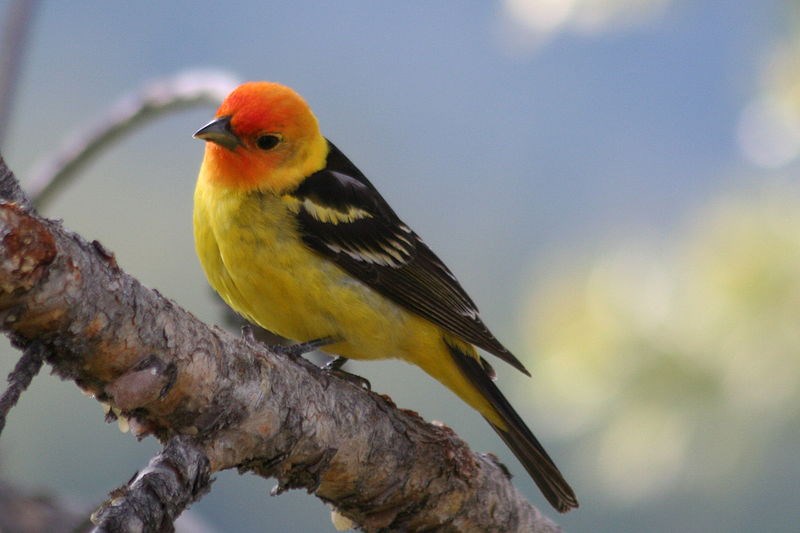As we pass the solstice and officially enter the summer season, many of the birds that arrived to spend the summer with us are already winding down their activities. Some of these migrant birds arrived a full three months ago and have now had ample time to find a mate and a nesting territory and raise a family. Some species raise a second family, particularly if a disaster such as predation prevented an earlier successful nesting.
By late June the birdsong that is such an integral part of nesting behavior in attracting a mate and defending a territory is becoming unnecessary and, in fact, detrimental as it attracts the attention of predators. Consequently, the next week or two are your last opportunity of the year to hear many species singing. Swainson’s thrush, which I always refer to as the sound of summer on the Sunshine Coast, only arrived and began singing in mid-May. It is still singing right now, but by about July 7, it will go silent.
I live on Redrooffs Road surrounded by a mixed forest of Douglas fir, maple and arbutus, a habitat typical of much of the lower elevations of the Sunshine Coast. The most prolific singer in the last couple of weeks has been the warbling vireo. This is not a species familiar to most people as it is a small greenish-brown bird that is famous among birders for having absolutely no specific field marks – which becomes its field mark! It is also hard to observe as it gleans insects and caterpillars among the deciduous leaves. However, what the bird lacks in physical presence, it more than makes up in its vocal performance, which is loud, complex and sustained. This attribute is common to other members of the vireo family and the red-eyed vireo (an uncommon summer visitor to our area) is famous in eastern forests for still singing enthusiastically on hot midsummer afternoons when every other species is silent.
Other species to listen for in similar habitat in the next two weeks are black-headed grosbeak and western tanager. The males of both these species are the opposite of an anonymous vireo in that they are brightly coloured with black, white, yellow and orange (the tanager). They are both good singers, particularly the grosbeak with its repertoire of liquid notes.
Enjoy the birdsong while it lasts, for change is coming! To report your sightings or questions, contact [email protected] or 604-885-5539. Good birding.



